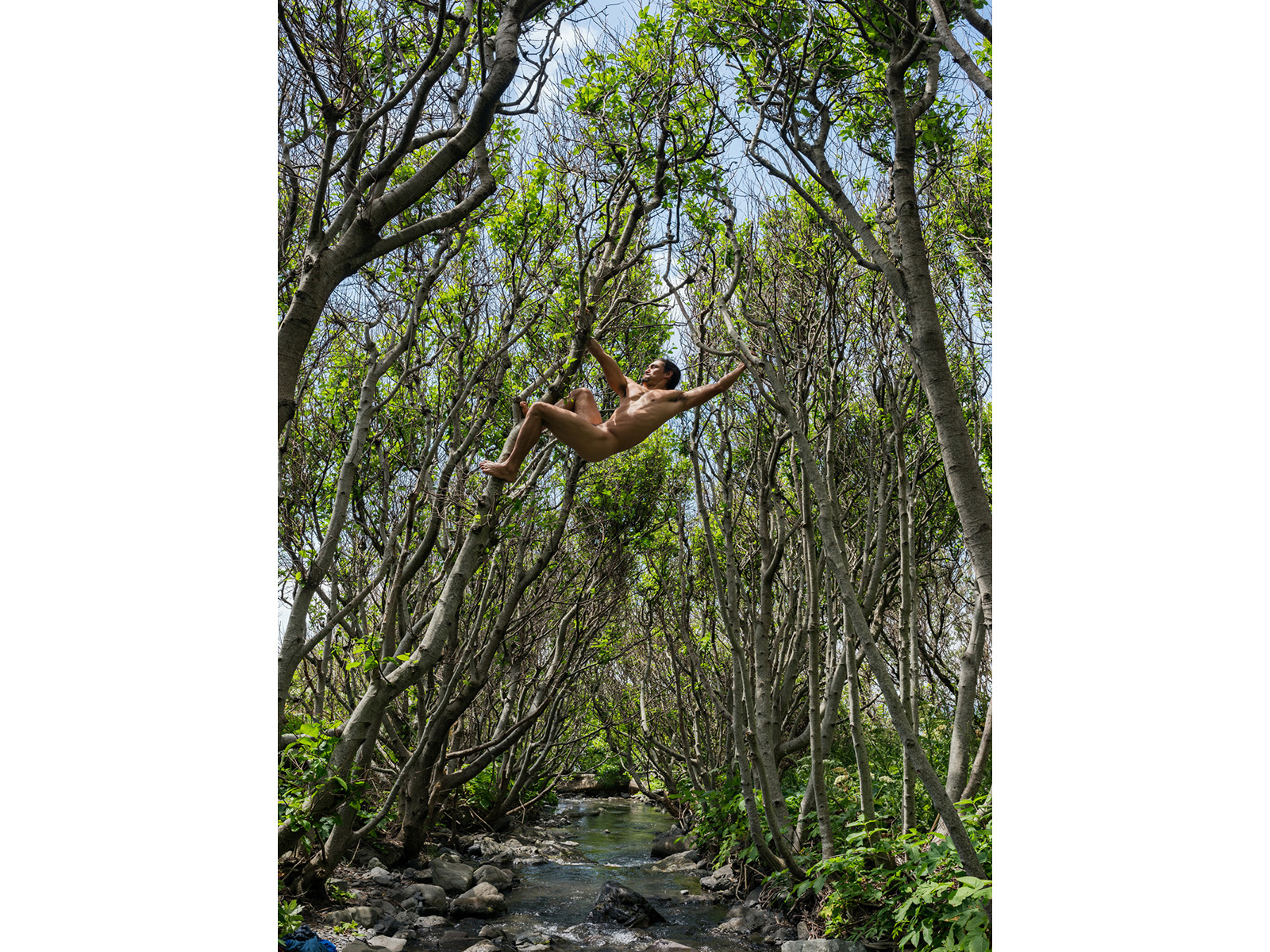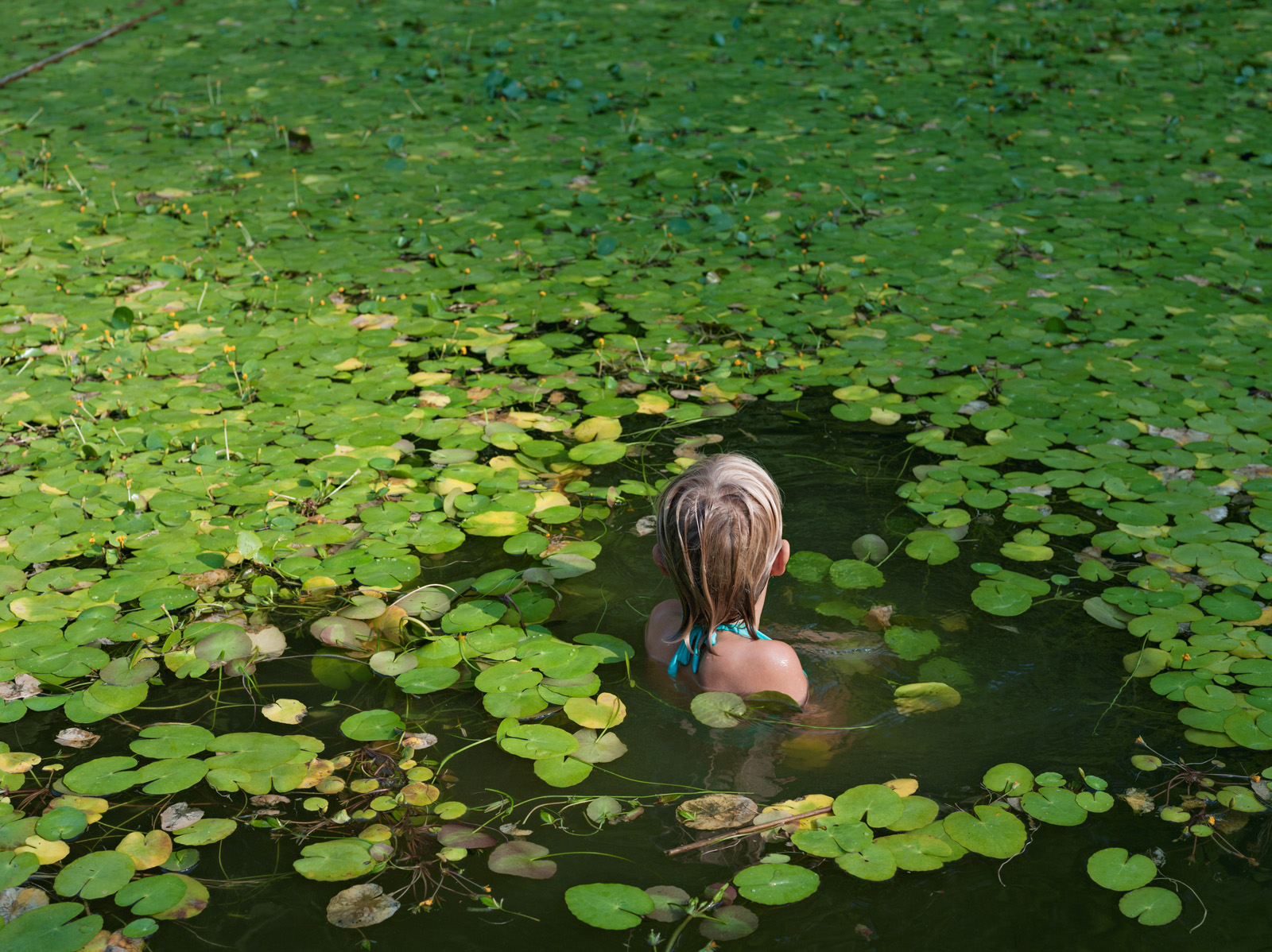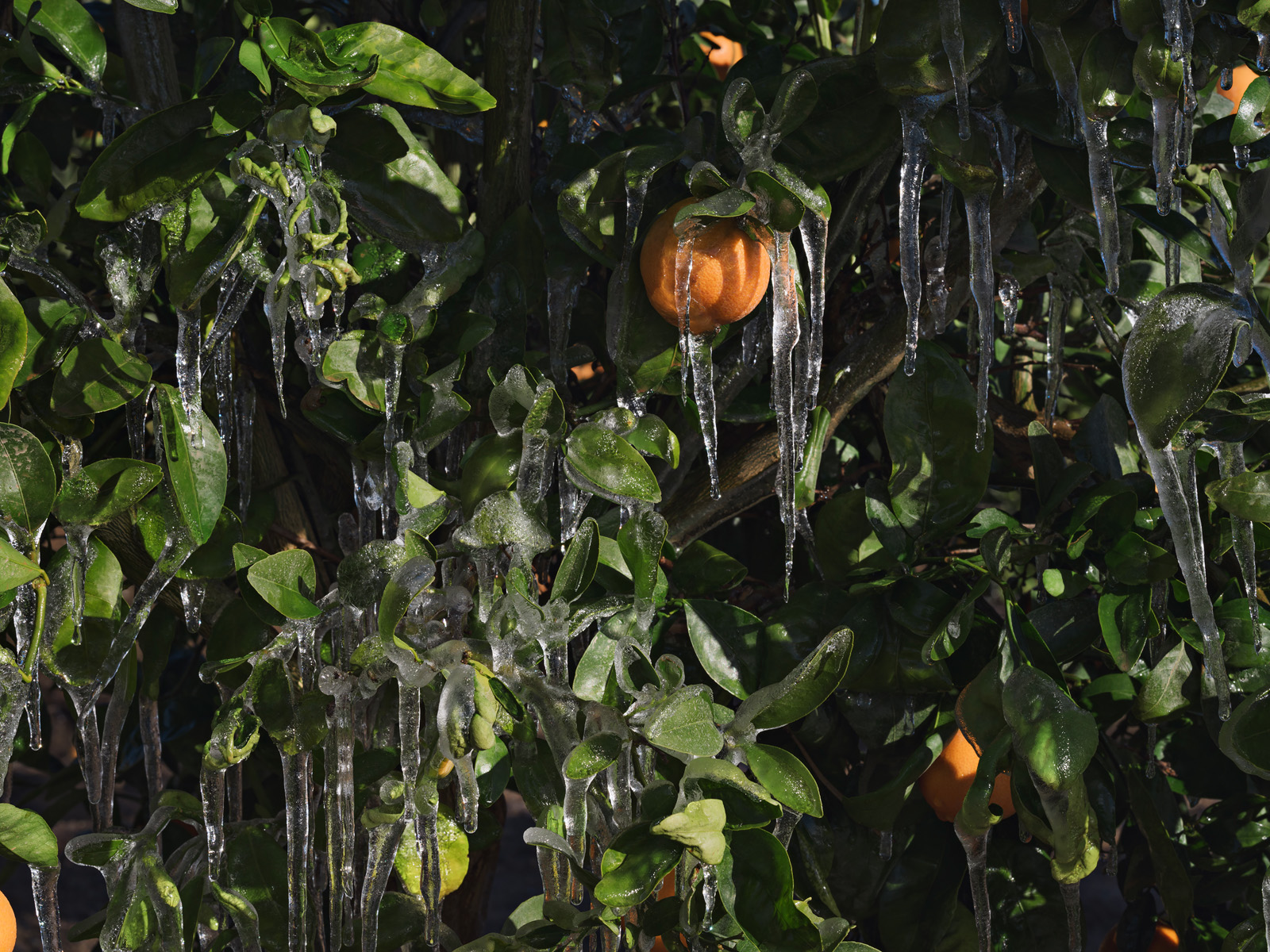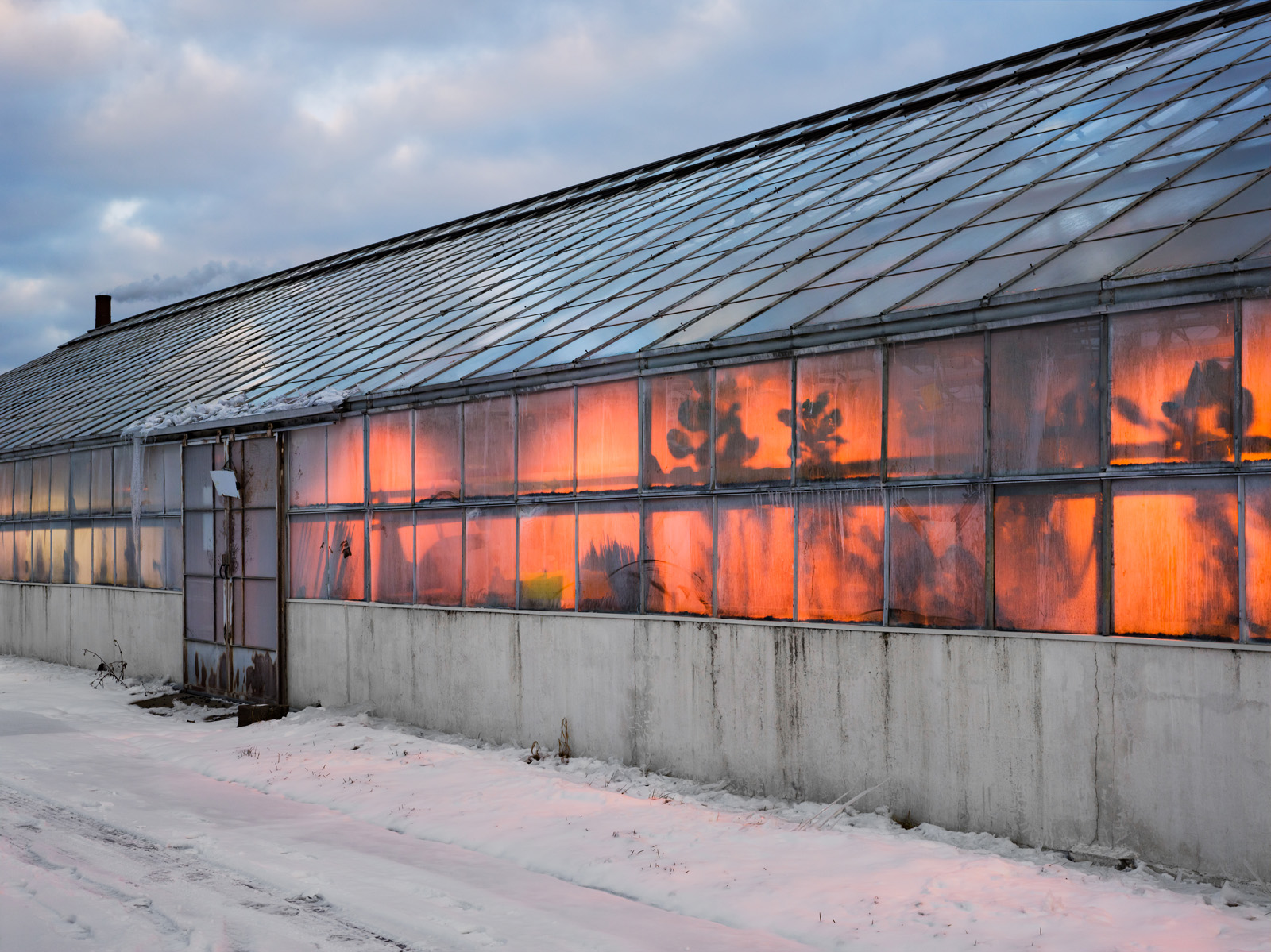Human Nature by Lucas Foglia
Today, nature both heals us and threatens us. As we spend more time than ever indoors looking at screens, neuroscientists demonstrate that time outside is vital to human health and happiness. Yet, we are vulnerable to the storms, droughts, heat waves, and freezes that result from climate change. Conservationists often disagree about how humankind should best move forward from the damage we have already done. Traditionalists argue that we should put a boundary around wild spaces to preserve them, but there is no way to contain the effects of people. More radical conservationists propose moving all people to green cities, supplied with renewable energy and sustainable agriculture, to allow the countryside to rewild itself.
Human Nature series
Responding to this debate, I befriended and photographed people who are working towards a positive environmental future despite the enormity of the task. Human Nature is a series of photographic stories about how we care for nature in the context of climate change. Each story is set in a different ecosystem: city, forest, farm, desert, ice field, ocean, and lava flow. The photographs examine our need for “wild” places—even when those places are human constructions.

Matt Swinging between Trees, Lost Coast, California 2015
Trained as a mechanical engineer, Matt worked in the solar energy industry and directed the design and construction of a clean-room factory in Thailand. Moving back to the United States, he spent 2 years sourcing his clothes, food, tools, and shelter from the wild. Now living in San Francisco, his goal is to bridge the pre-industrial and modern worlds. He is currently working for Google X on a renewable energy project.

Maddie with Water Lilies, North Carolina 2008
Maddie swims in the pond on her family’s land in rural North Carolina. Her parents built their off grid home using trees from their property. Much of their food comes from their garden or is gathered from the nearby woods. Maddie’s father, Nathan, is the director of Buffalo Cove Outdoor Education Center, a wilderness camp located in the foothills of the Southern Appalachians dedicated to helping children discover and connect with the natural world.

Ice to Protect Orange Trees from the Cold, California 2015
Farmers still use ice, the best technology available, to protect orange trees from cold winter temperatures in the Central Valley of California.

New Crop Varieties for Extreme Weather, Geneva Greenhouses, New York State Agricultural Experiment Station, New York 2013.
New varieties of grapes, peppers, and raspberries are grown and tested under high-voltage lamps at the Agricultural Experiment Station in Geneva, New York. Scientists race to create climate-change-resilient agriculture. By crossbreeding domesticated crops with their wild ancestors, they propagate super-hardy strains that can withstand droughts, heat waves, and freezes. As erratic weather patterns intensify, farmers need crops that can cope with such stresses.
